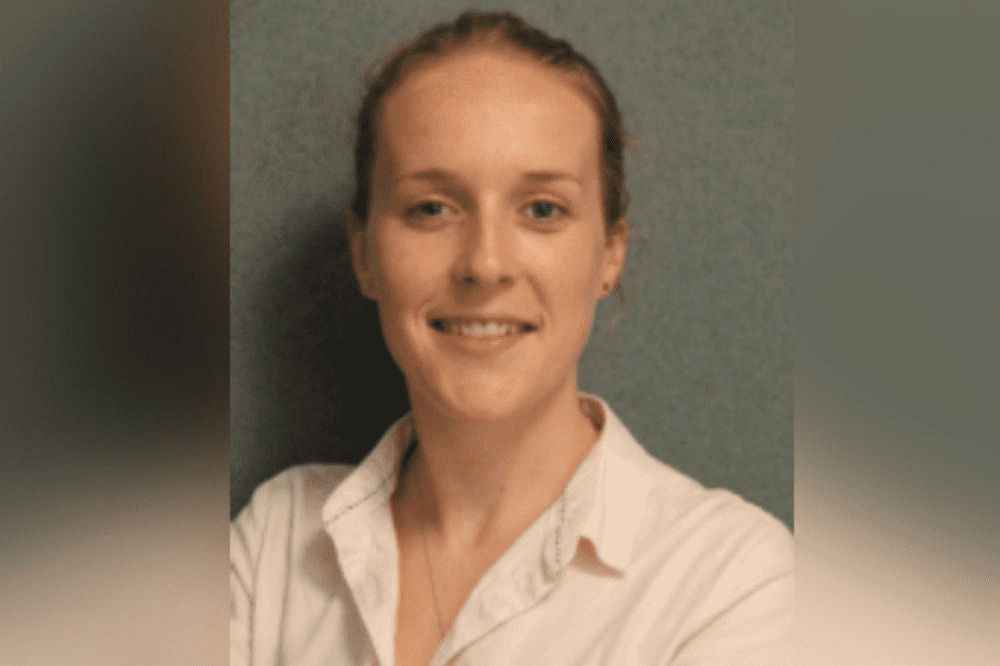The weather we’ve witnessed must be a call to action

As a Brit living abroad in Canada, I can now fully appreciate the level of unpreparedness on British roads, as you’ll see in the Sky News tweet below, with most drivers ill-equipped and uneducated for icy and snowy conditions. I expect the country’s car insurers are lying in wait for a surge in claims, and property insurers may have to deal with burst pipes and roof claims as a result of the storm.
Drivers in Gloucestershire struggle in heavy snow and ice that has made some roads extremely slippery.
UK weather live: https://t.co/j3nprPmcAB pic.twitter.com/xoucJBsct4
— Sky News (@SkyNews) December 12, 2022
While it may seem counterintuitive, climate change can have an impact on snowstorms, as warmer air can hold more moisture than cold air, fuelling more extreme precipitation (heavy snowfall) events when conditions are conducive.
In North America, many severe weather events over the past few years have been blamed on La Niña conditions, a phenomenon that occurs as part of a cyclical climate oscillation in the Pacific (El Niño/Southern Oscillation, ENSO for short). La Niña typically causes “a wave-like jet stream flow across the United States and Canada, which causes colder and stormier than average conditions across the North, and warmer and less stormier conditions across the south,” according to the National Oceanic and Atmospheric Administration (NOAA).
This weather pattern has been attributed to the extreme snowfall that smashed western and upstate New York, USA, in late November with an historic lake-effect storm that dumped up to 80 inches of snow in Buffalo.
La Niña conditions also favour the development of hurricanes in the North Atlantic, particularly over the Caribbean Sea and Gulf of Mexico. The 2022 North Atlantic Hurricane season saw “above average” activity, including category 4 Hurricane Ian – one of the strongest hurricanes to ever make landfall in the US, and the third costliest hurricane by overall losses (US$100 billion), behind only Hurricane Maria (2017, US$100 billion) and Hurricane Katrina (2005, US$174 billion).
Canada – which usually only gets the leftovers of major US hurricanes – took a huge hit from Hurricane Fiona in September. Initial estimates from Catastrophe Indices and Quantification Inc. (CatIQ), tip Fiona as the costliest extreme weather event ever recorded in Atlantic Canada and the tenth largest in Canada, with CA$660 million in insured damage.
At the time, Amanda Dean, VP-Atlantic for the Insurance Bureau of Canada (IBC), commented: “Climate change is real, and the fatalities, emotional turmoil and financial consequences we’ve witnessed must be a call to action – we must prioritize the protection of all Canadians from the impacts of climate change.”
EVERYTHING WE’VE WITNESSED MUST BE A CALL TO ACTION. I couldn’t agree more with Dean’s comment. I can barely touch the surface in a short editorial – but 2022 has produced yet more evidence that climate change is a challenge we simply cannot sweep under the rug.
Our Insurance Business Australia readers also know a thing or two about La Niña, which has caused several huge flooding events, including a devastating inundation in southeast Queensland (Qld) and coastal New South Wales (NSW) in February and March 2022, which has been deemed the costliest flood ever in Australia, at $3.35 billion in insured losses.
Let’s just take a moment to reflect on that. This year, we’ve had the costliest flood ever in Australia, the third costliest hurricane in the United States, and the costliest extreme weather event ever recorded in Atlantic Canada. That’s a LOT of weather superlatives – and it’s a safe bet that we’ll get more ‘-iest’ events in 2023.
One article that struck me this year was an interview that Insurance Business Australia editor Daniel Wood had with Tiffany Loeve, a broker at MGA Insurance Brokers (MGA), based in Walgett, New South Wales. Walgett was completely surrounded by water in the spring, to the extent that helicopters had to fly in bread, milk, and medical supplies, and Loeve said: “We can boat to town”. That gave me serious ‘end of the world’ vibes – but for many people, that is now their reality.
While I’m using insured losses as the basis of this argument, let’s not forget the tragic toll these catastrophic events take on human life and society. People around the world are struggling to manage the physical, social, financial, and emotional consequences of climate change. And while the insurance industry cannot control the weather, it can play an important role in improving resilience.




